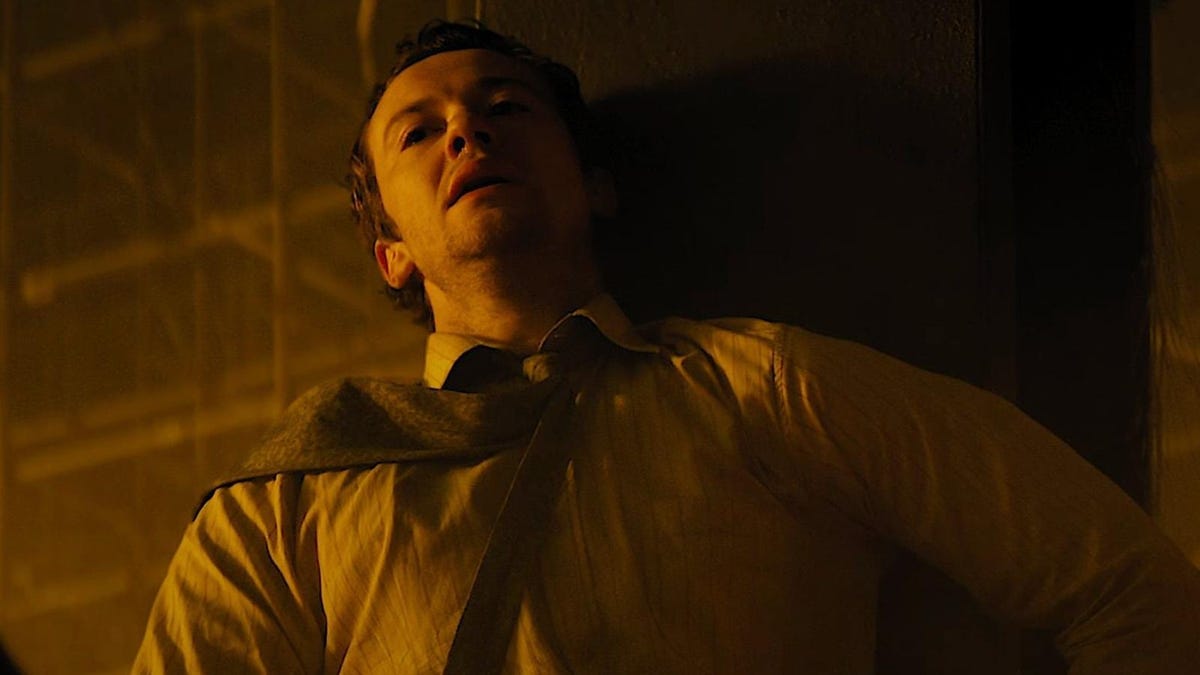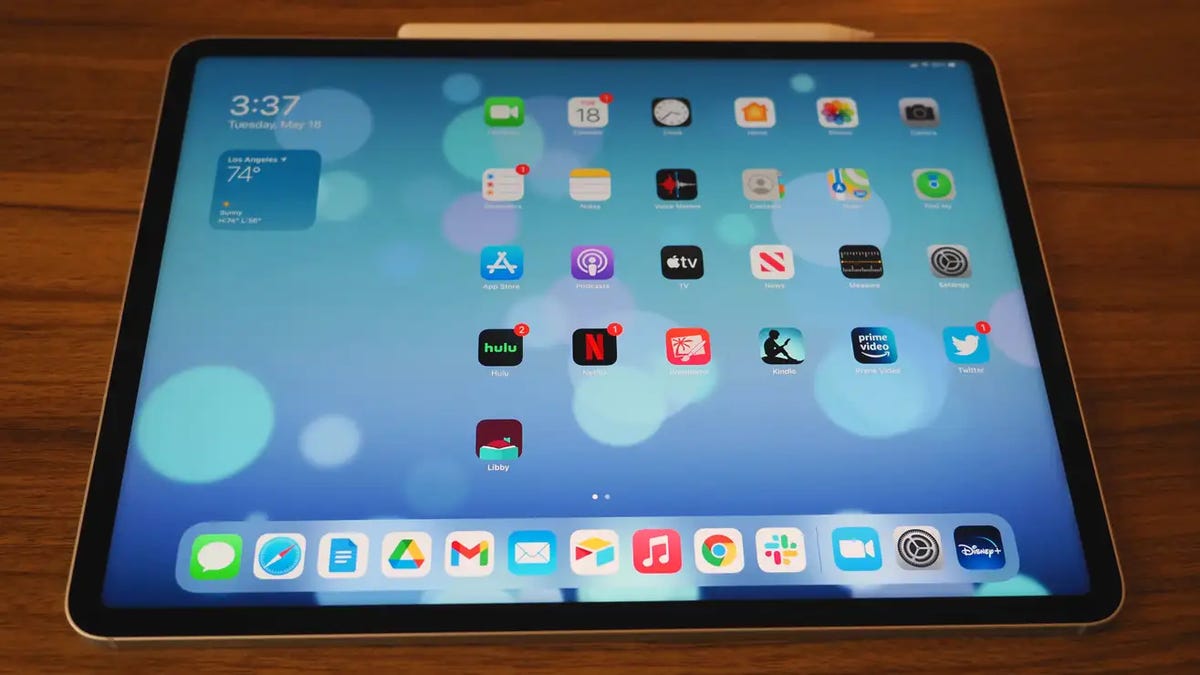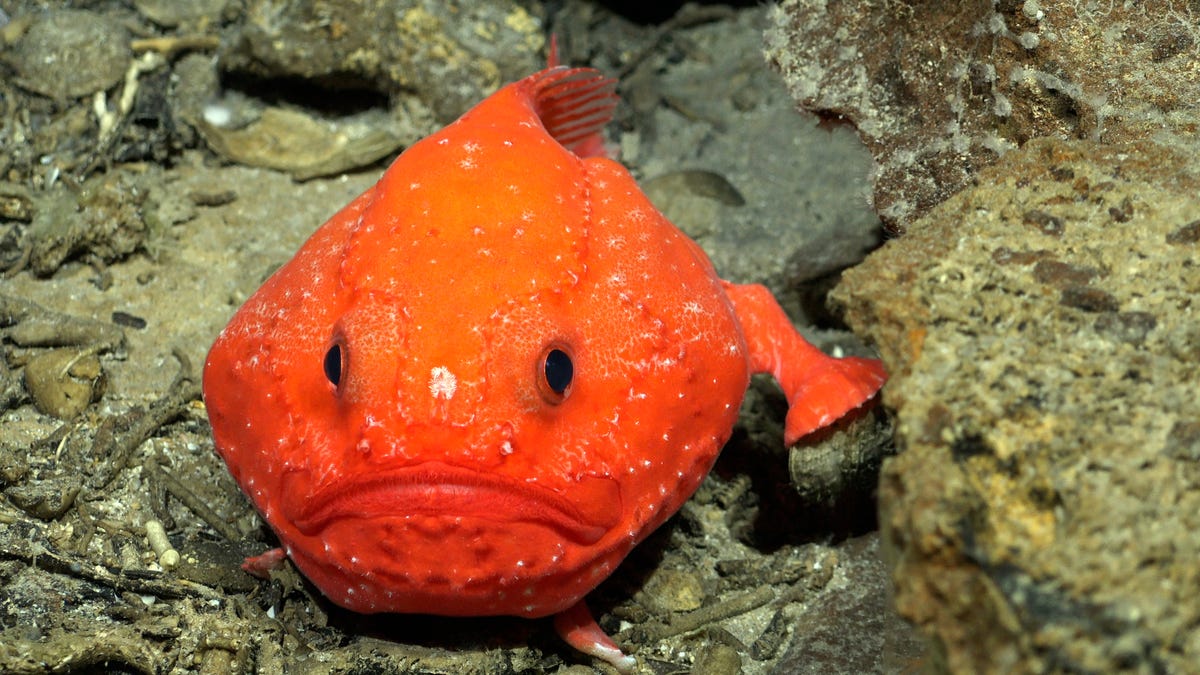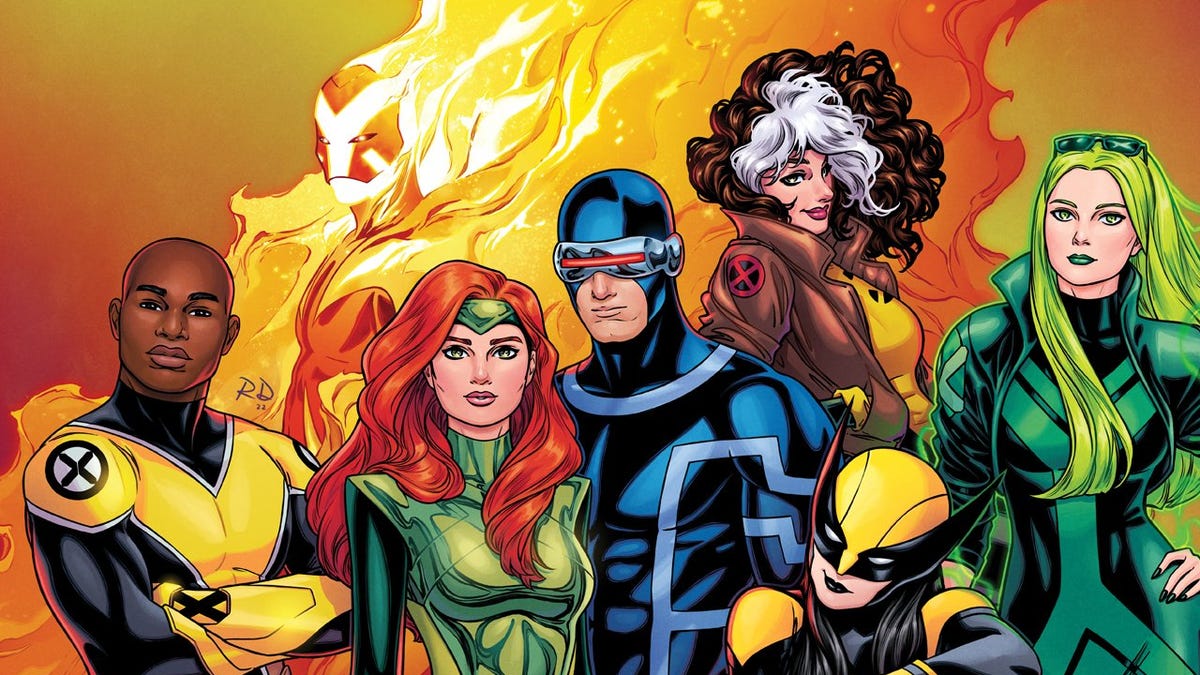Why You Should Rewatch Your Favorite Movies in Black and White


Cinema snobs the world over scoffed when polarizing director Zack Snyder announced that his indulgent superhero opus Zack Snyder’s Justice League would be re-rereleased in a desaturated black and white version he’d dubbed Zack Snyder’s Justice League: Justice Is Gray. I was among them, but mostly because Snyder’s mirthless take on DC’s pantheon of comic book heroes was already drained of anything resembling a primary color. And Snyder is hardly the first director to suggest there’s value to be found in watching a black and white version of a movie filmed in color.
Roll your eyes at Snyder all you like (or, if you prefer, viciously defend him via abusive tweets and emails), but he’s only following a precedent set by the likes of Oscar-winner George Miller, who believes the colorless “Black & Chrome” edition of Mad Max: Fury Road is “the best version of the movie”. James Mangold’s Logan is the best-reviewed entry in the X-Men franchise, and the positive critical reception likely bolstered the director’s decision to drop a decolorized version that heightens the film’s post-apocalyptic noir atmosphere.
And you’ve got to appreciate the honesty of Bong Joon-Ho, who admits a driving force behind the release of a black and white version of last year’s Best Picture-winning satire Parasite was…vanity. “When I think of the classics, they’re all in black and white,” he said during the 2020 International Film Festival Rotterdam, as quoted in The Hollywood Reporter. “So I had this idea that if I turned my films into black and white then they’d become classics.”
While that’s certainly up for debate (there are plenty of bad movies from Hollywood’s black and white Golden Age), Bong is right about one thing: Draining the color from a movie changes the way you watch it. “We can focus more on the texture [of each scene],” he told film festival attendees. “[T]he movie felt more intense; it felt [more] cruel.” Which means there’s a case to be made for rewatching all of your favorite color movies in black and white—even if no such officially sanctioned version has been released—simply by adjusting the settings on your TV (specifically, turn down the color, turn up the contrast, and adjust the brightness).
Let’s get the caveats out of the way first, even though you might leave angry comments highlighting them anyway. Yes, it’s the height of hubris to presume to watch a decolorized version if the filmmakers haven’t sanctioned one (a sin almost as bad as watching a movie on double speed, another heresy I’m not innately against). Yes, cineasts railed for years against old black and white movies being colorized, but this isn’t quite the same thing—there’s no chance of the color version dropping out of existence because you fiddled with your TV.
And yes, there’s a difference between a movie being filmed in black and white and the “fake” black and white you’ll see when you tweak your TV’s contrast, or even something like the faux-grayscale Parasite, which was tweaked digitally but still only approximates the look of a “real” black and white film. (Back in the day, the never-seen colors of the makeup, props, and costumes were all selected for how they would complement and contrast one another on black and white film.)
G/O Media may get a commission
But even if there’s no “true” black and white version of your favorite color movie, there’s nothing wrong with giving it another spin sans RGB to see if it hits you differently. Lauded director Steven Soderbergh knows this: Back in 2014, he shared a digitally decolorized version of Raiders of the Lost Ark, a fact I learned via the blog of the writer and artist Austin Kleon, who, following Soderberg’s example, went on to sample and enjoy another Steven Spielberg film in black and white—Jurassic Park (velociraptors: the ultimate femmes fatale). In Kleon’s words:
I couldn’t believe how good it looked—all the rain and the smoke from Samuel L. Jackson’s cigarette in the control room made it feel almost noir-ish. (And it definitely emphasized the horror elements.) An old movie becomes new. Magic!
So give it a try and see if and how it changes your impressions of the movies you love. Does Ferris Bueller’s Day Off now seem like a sophisticated French farce? Will the loving pans across New York City in When Harry Met Sally… start giving you Manhattan vibes? Does the new Godzilla vs. Kong finally feel like a proper homage to the kaiju classics? Judge with your own eyes, and fuck the haters.
Source link





